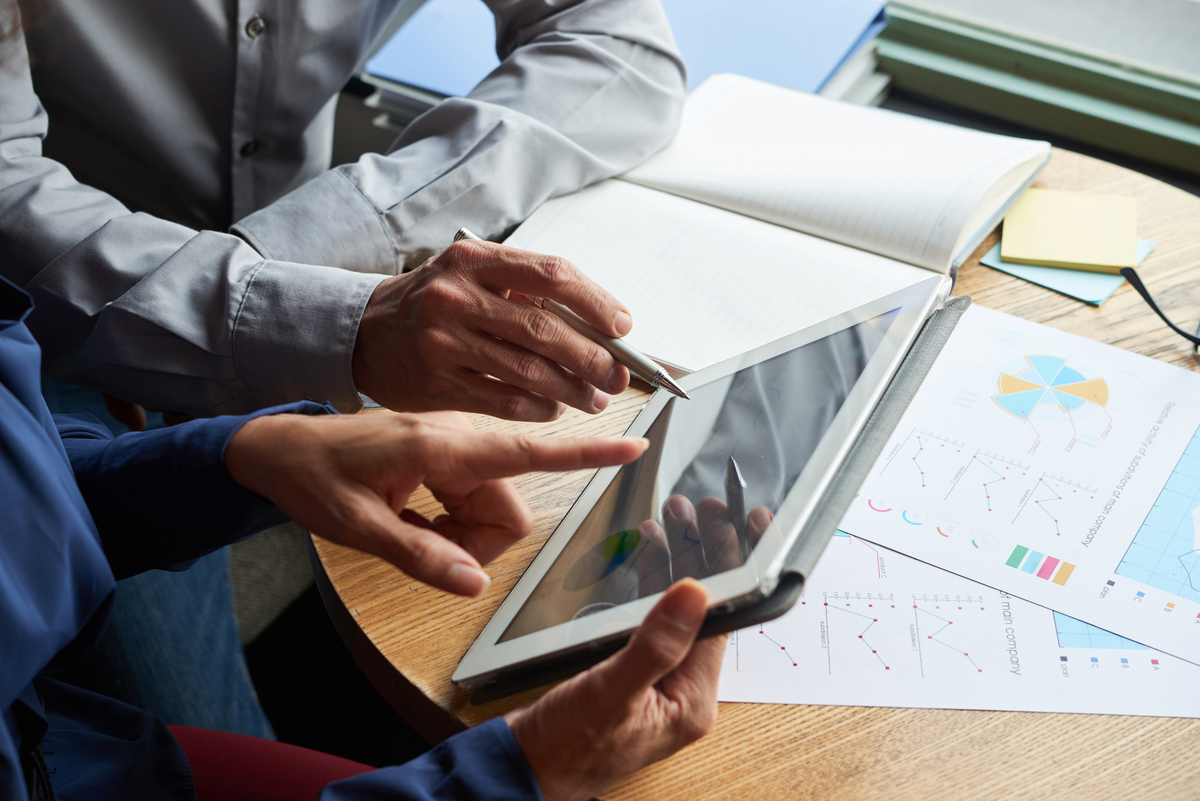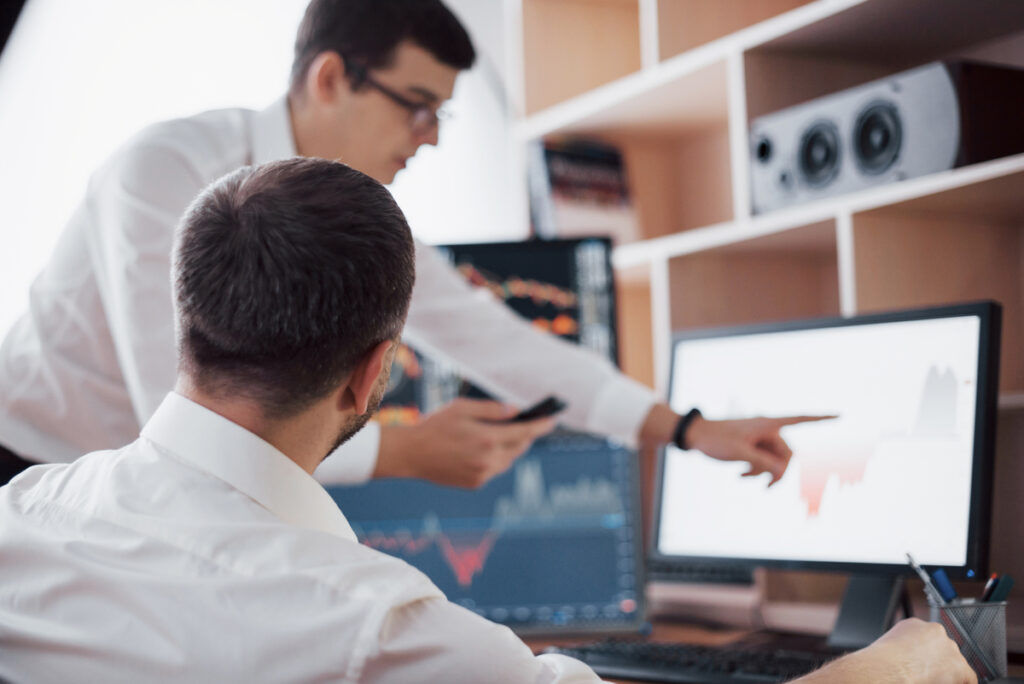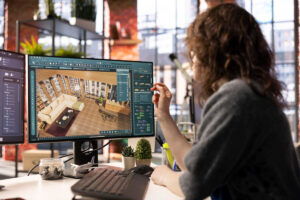Beyond merely being required by law, construction monitoring in risk management is a proactive strategy for handling the inherent uncertainties of building projects. The stakes are bigger than ever since modern buildings are becoming more complex. Even the best-laid plans can be derailed by several factors, including fluctuating material costs, labor shortages, environmental concerns, and strict safety rules.
Effective construction monitoring in risk management provides a disciplined framework for confronting these risks head-on, guaranteeing that possible problems are found and fixed before they get worse. Construction professionals can improve their capacity to produce projects that meet quality requirements, remain within budget, and follow timetables by integrating systematic monitoring into the overall project management approach.
Here in this 2025 guide, we will examine the critical role of construction monitoring in risk management, outlining its significance, techniques, and best practices. Construction projects are complicated endeavors that involve a multitude of variables and stakeholders. From the initial planning stages to the final completion, each phase presents unique challenges and potential risks.
Table of Contents
Comprehending Construction Monitoring in Risk Management
The systematic tracking and assessment of different project components to guarantee adherence to blueprints, specifications, and legal requirements is known as construction monitoring in risk management. It entails the ongoing monitoring, recording, and reporting of the development and caliber of construction-related operations. Through early identification of possible problems, this method assists stakeholders and project managers in taking prompt corrective action.
Suggested article to read: Construction Monitoring Systems; 2025 Comparison
Construction Monitoring’s Significance for Risk Management
It is impossible to exaggerate the importance of construction monitoring in risk management. Here are a few main justifications for its necessity:
- Early Issue Detection: Design errors, material issues, and safety dangers can all be detected early on thanks to construction monitoring in risk management. Corrective action can be performed before these problems worsen and cause delays or increased costs to the project by identifying them early on.
- Quality Assurance: It is essential to make sure that construction work satisfies the necessary quality standards. Frequent inspections lower the possibility of errors and the requirement for expensive rework by assisting in the maintenance of high standards of craftsmanship.
- Regulation Compliance: A multitude of rules and guidelines must be followed when working on construction projects. Monitoring lowers the possibility of legal problems and fines by assisting in ensuring compliance with these regulations.
- Cost Control: It is simpler to maintain a project under budget by keeping an eye on project expenses and advancement. Financial overruns and unforeseen expenses can be avoided by quickly recognizing and resolving problems.
- Safety Management: Building sites are often dangerous places. Frequent monitoring lowers the chance of accidents and injuries by assisting in making sure that safety procedures are followed.
Suggested article to read: Construction Site Safety: Comprehensive Guide 2025

Techniques for Monitoring Construction
To increase the efficacy of construction monitoring in risk management, a variety of techniques and instruments are used. Among the most typical are:
- Visual Inspections: Project managers and inspectors can evaluate the caliber and status of construction work by conducting routine on-site visits and visual inspections. These inspections have the ability to find problems that other methods might miss.
- Photographic Documentation: Taking pictures of the project as it develops gives you a visual record that you can examine and compare later. This makes it easier to keep track of modifications and spot plan deviations.
- Drones and UAVs: The use of unmanned aerial vehicles (UAVs) and drones for construction monitoring has grown in popularity. These tools have the ability to take aerial photos and movies, giving users a thorough overview of the work site and assisting in the detection of possible problems.
- Sensors and Internet of Things (IoT) Devices: With the use of cutting-edge technologies, different building project components can be tracked in real time. These gadgets monitor variables including vibration, temperature, humidity, and structural integrity, giving risk managers useful information.
- Software Solutions: A variety of tools are available for tracking project progress, budgets, and timelines on construction management software platforms. These platforms frequently provide collaboration, analytics, and reporting tools that improve construction monitoring in risk management’s overall efficacy.
Suggested article to read: The Importance of Drones in Construction: 7 Key Reasons
The Best Methods for Handling Construction Monitoring
It’s critical to adhere to best practices in order to optimize the advantages of construction monitoring in risk management. The following suggestions are provided:
- Create a Monitoring Plan: At the start of the project, a thorough monitoring plan needs to be made. This plan should specify the reporting guidelines, the frequency of inspections, and the monitoring techniques to be employed.
- Hire Qualified individuals: Qualified individuals with knowledge of the pertinent fields should oversee construction projects. Project managers, inspectors, engineers, and safety officers fall under this category.
- Use Technology Wisely: By utilizing the newest innovations, construction monitoring in risk management can become more efficient. To offer complete and up-to-date data, the monitoring method should use sensors, software, and drones.
- Frequent Reporting and Communication: It’s critical that all stakeholders communicate clearly and on a regular basis. Reports must to be precise, succinct, and offer insights that may be put to use. Everyone will be aware of potential dangers and the steps being taken to address them if effective communication is maintained.
- Constant Improvement: Monitoring construction should be a continuous procedure that changes as the project progresses. It is important to keep improving monitoring procedures and risk management techniques by drawing on lessons from previous projects and constant monitoring.

Conclusion
To sum up, risk management in the construction sector depends heavily on construction monitoring. It offers the required supervision to guarantee that projects are finished safely, promptly, and affordably. construction monitoring in risk management is essential to the timely completion of projects since it allows for the early identification of problems, guarantees regulatory compliance, upholds quality standards, reduces costs, and improves safety.
The implementation of cutting-edge technologies and adherence to best practices will continue to boost construction monitoring’s efficacy as we approach 2025 and beyond, making it a crucial instrument for risk management and project success. Project managers and other stakeholders can reduce risks and confidently negotiate the intricacies of building by comprehending and putting into place strong construction monitoring procedures.
Suggested article for reading:
Top 11 Energy Analysis Software in Construction (2025)
11 Best Architectural Modeling Software; 2025 Review
10 Best Construction AI Software in 2025
15 Best Project Management Software of 2025
Resources:
BigRentz | ComplianceChain | TechnologyAdvice | AEIConsultants | CHAS
For all the pictures: Freepik



